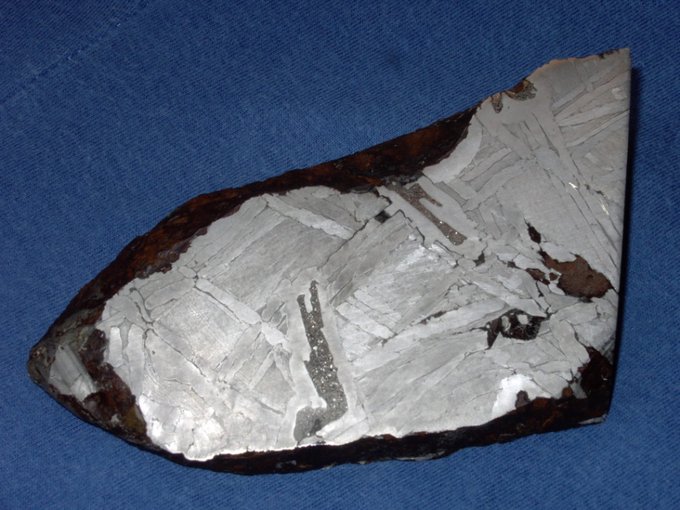
Astrobiologists supported by NASA have completed an eight-year-long experiment looking at how phosphide minerals from meteorites are altered over time when they’re left all alone in water. The results could have implications in understanding how much phosphorus was readily available on the early Earth for the origins of life, and what form that phosphorus could have been in.
Phosphorus is one of the key elements needed for biology and is used in many processes inside living cells, including building molecules that store information (like DNA) and compounds that store energy (Adenosine triphosphate, or ATP). Without phosphorus, life as we know it couldn’t exist, and the amount of phosphorus present on the early Earth is an important puzzle to solve for astrobiology. In fact, the availability of phosphorus is also a consideration when studying the prospects for life on other locations in the Solar System.
Phosphorus can be found in various forms in meteorites, particularly in the mineral schreibersite. Scientists have hypothesized that meteorites could have delivered a non-negligible amount of phosphorus to the early Earth, with a lot of it falling into the planet’s early oceans.
When schreibersite is in water, it can corrode and release phosphorus in the form of phosphite. Previously, scientists thought that this reactive form of phosphorus wouldn’t stick around for long, and would instead be incorporated into other compounds through basic chemical reactions. The new study paints a more complete picture of how phosphite may have behaved.

This 15cm wide fragment of the Seymchan meteorite found in Russia in 1967 is an iron-nickel pallasite. The long filament of dark grey material in the center is schreibersite.Image credit: University of South Florida.
Astrobiologists took samples of a meteorite rich in schreibersite and let it corrode in pure water. After eight long years, they found that a number of phosphorus species were released, including both phosphate and phosphite. The results indicate that phosphite wouldn’t necessarily disappear quickly, and that it could have been plentiful and stable on the early Earth for a long period of time. This means that phosphite could have been a readily available ingredient for the prebiotic chemistry that led to life’s origins.
The study, “Results of an Eight-Year Extraction of Phosphorus Minerals within the Seymchan Meteorite,” was published in the journal Life.
Related:
Phosphorus and the Prospects for Life on Enceladus
How Phosphorus Came In from the Cold
Did Meteorites Bring Life’s Phosphorus to Earth?
